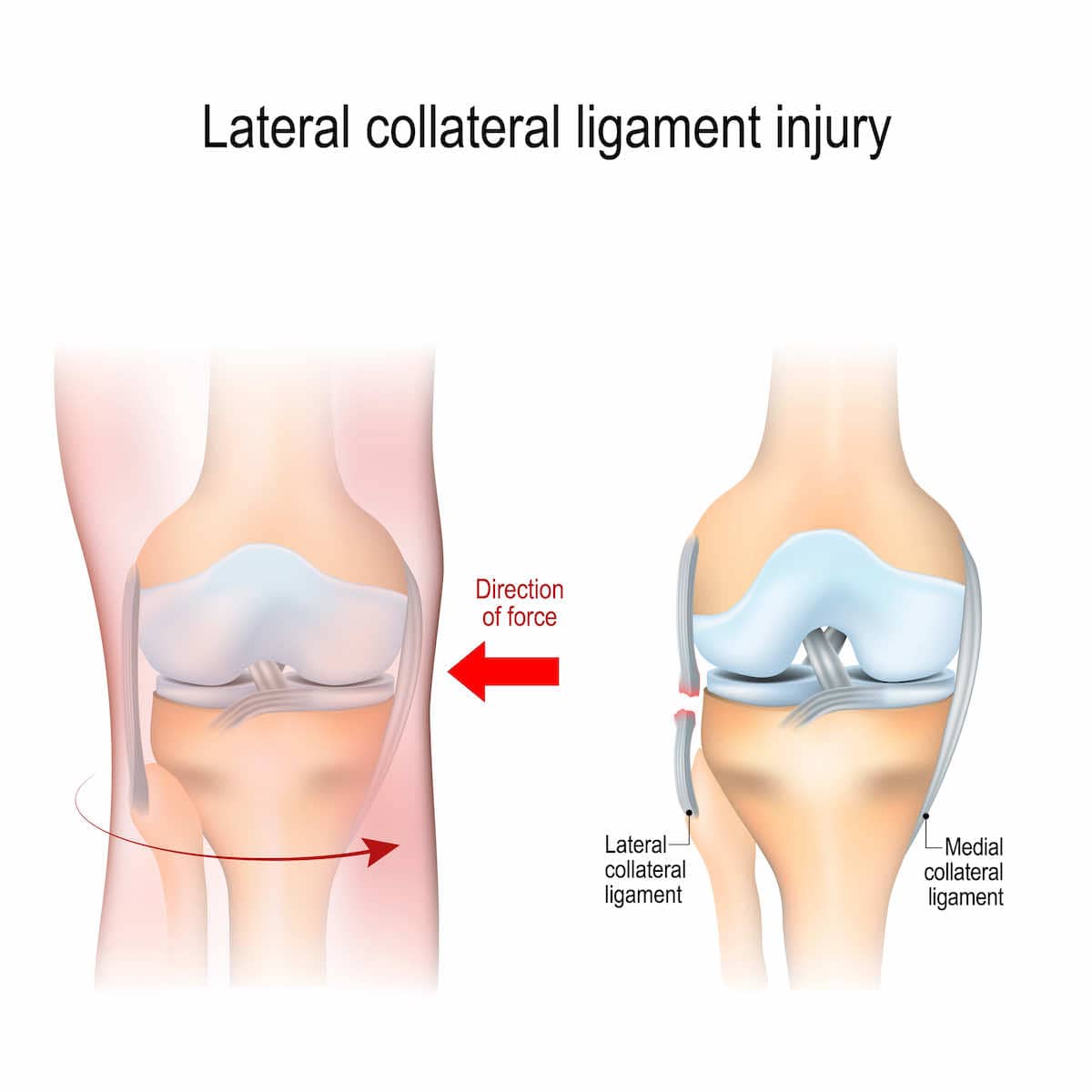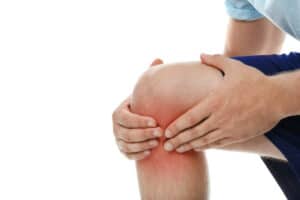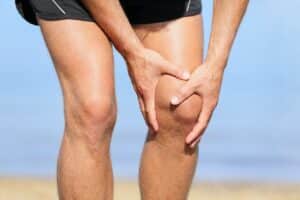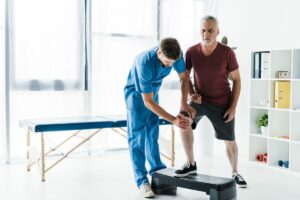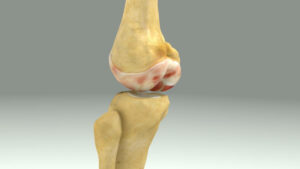Free download: Top 10 Natural & Easy Remedies for Joint Pain from Home. Learn these helpful remedies.
Estimated Reading Time: 5 minutes read
An LCL injury can be a daunting challenge. LCL, or Lateral Collateral Ligament, is an important part of your knee, and an injury to it can significantly affect your mobility. It might seem like a big obstacle, but rest assured that with time, determination, and appropriate exercises, you can overcome it and regain your mobility.
When it comes to LCL injuries, one size does not fit all. Every person’s situation is unique, and so is their path to recovery. For instance, you might have only a minor sprain that heals with rest and simple exercises, like a mild case of foot pain in the morning. Or, you might have a more severe tear, needing surgery akin to addressing the issue of ankle impingement. But regardless of the severity of your injury, there’s a path to recovery waiting for you.
Table of Contents
Understanding Your LCL Injury
The Lateral Collateral Ligament (LCL) is one of the four major ligaments in the knee. It’s located on the outside (lateral side) of your knee and works diligently to stabilize your knee against excessive outward forces. When you twist your knee or receive a forceful hit on the inside of your knee, it can lead to an LCL injury, much like a bad dance move leading to a sprained toe.
An LCL injury can manifest with varying degrees of severity. A minor sprain might cause some discomfort and swelling, similar to the initial symptoms of Achilles tendonitis. At the same time, a severe tear could lead to instability and immense pain in the knee. Your doctor will diagnose the degree of your LCL injury and suggest a treatment plan accordingly.
Starting the Healing Process: Take Note
Before we dive into the exercises, it’s crucial to remember that these exercises are meant to be started only after your physician or physical therapist has given you the green light.
Also, the severity of your LCL injury plays a significant role in determining when and how you should start exercising. If you’ve had surgery for your LCL tear, you must strictly adhere to the post-op protocol your surgeon or physical therapist gives.
Kick-Starting Your Recovery: Exercises for LCL Injury
Once you’re ready to start exercising, here are some exercises that you can incorporate into your routine to gradually restore your knee’s strength and functionality.
1. Ankle Pumps
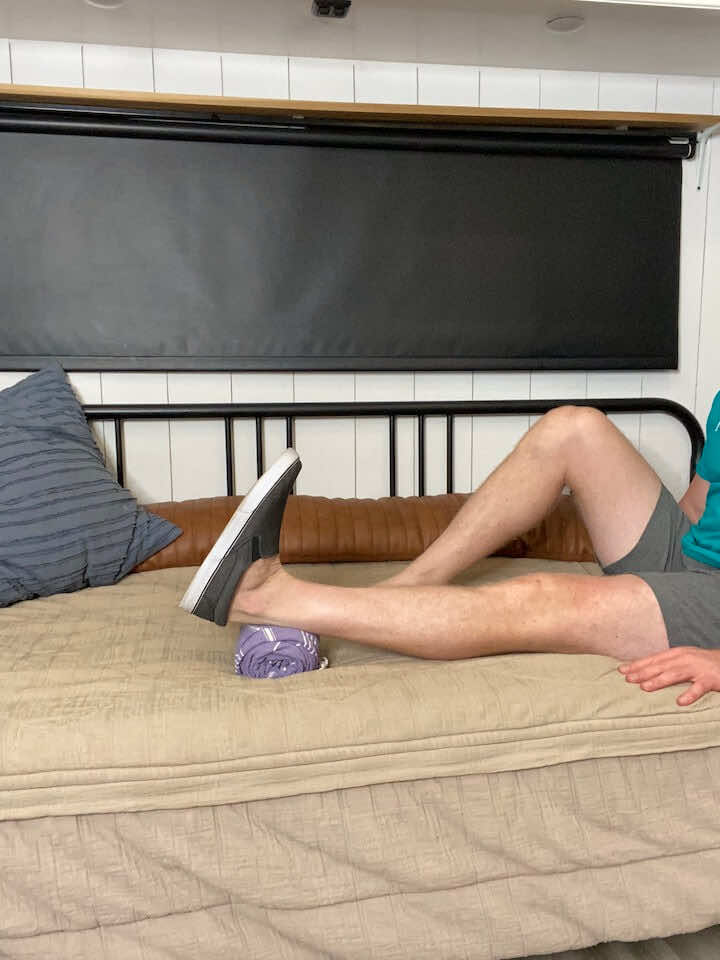
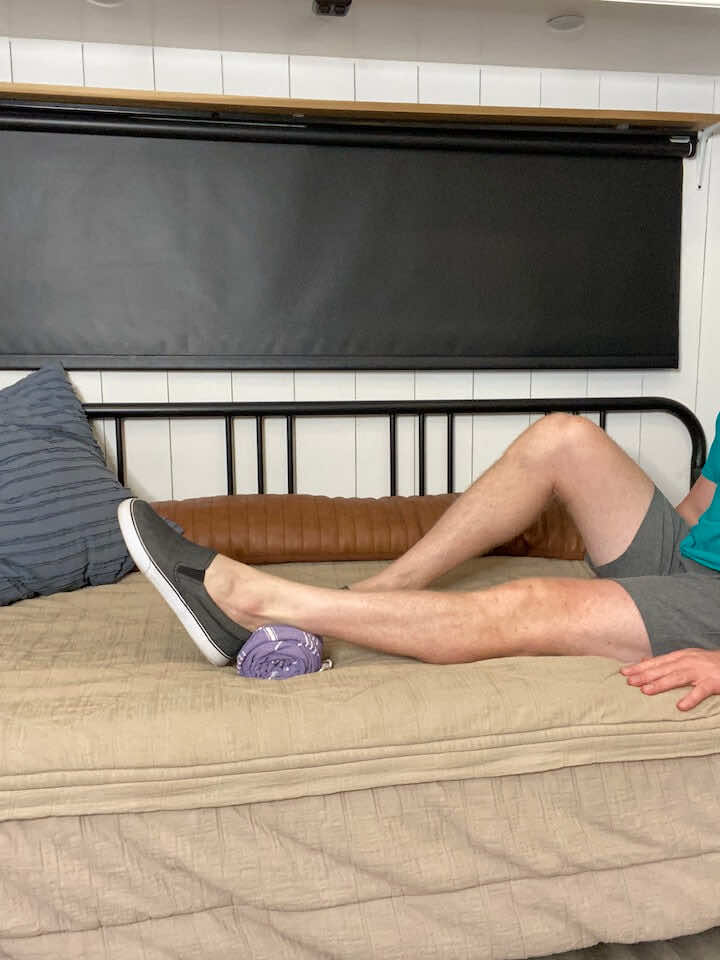
- While sitting on your bed with the injured leg straight, roll a small towel just under your calf muscle.
- Start the movement by pointing your toe forward and then pulling it back toward your nose.
- Cycle between these two positions for 10 reps and 3 sets.
2. Quad Sets
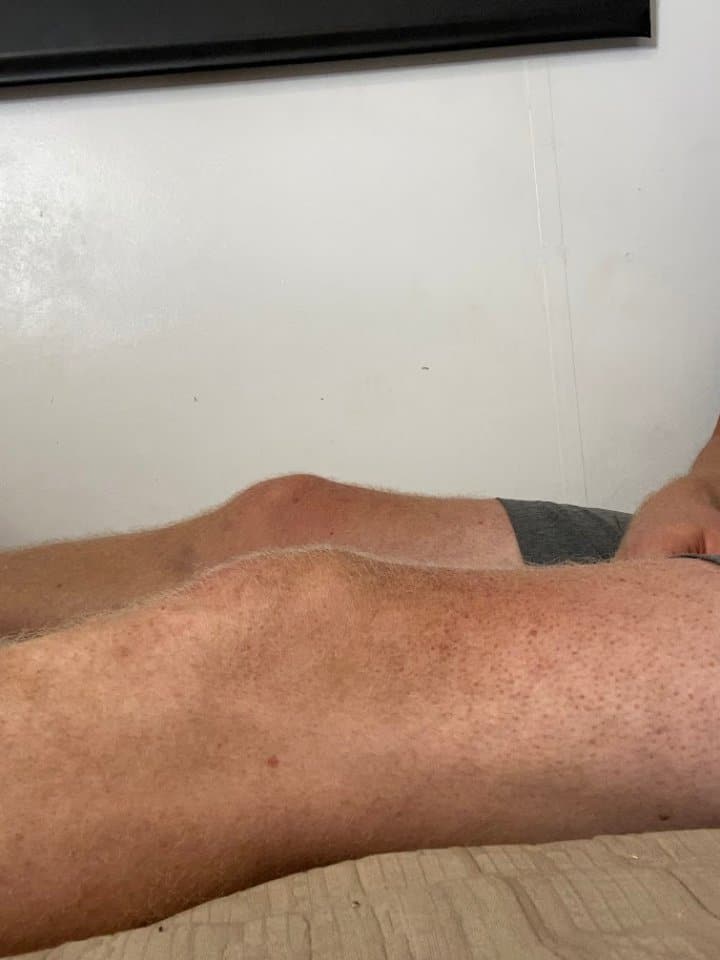
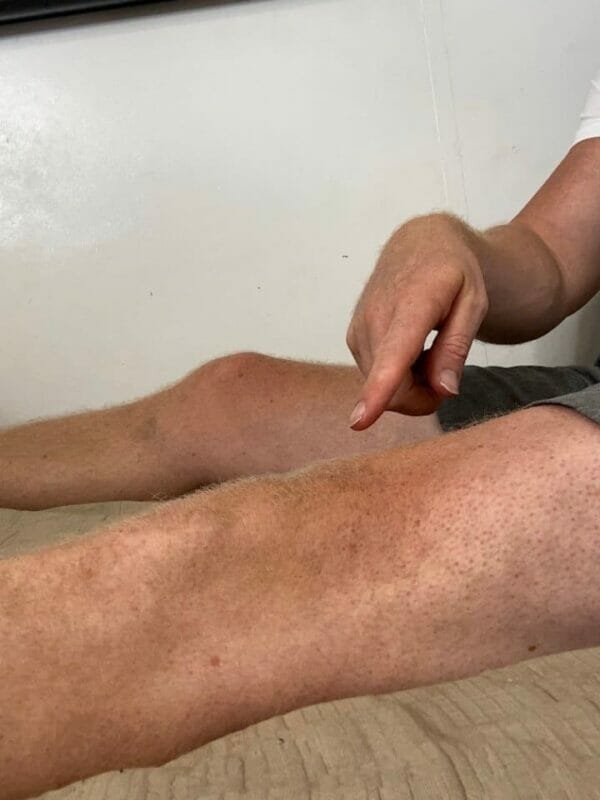
- Starting position: Seated with the injured leg stretched in front of you (can be on the floor, couch, or bed).
- Squeeze the quadriceps (the muscles on the top of the thigh) and try to press the back of the injured knee down toward the surface.
- Hold for 5 seconds, then relax.
- Repeat 10 repetitions for 3 sets.
3. Heel Slides with Rope
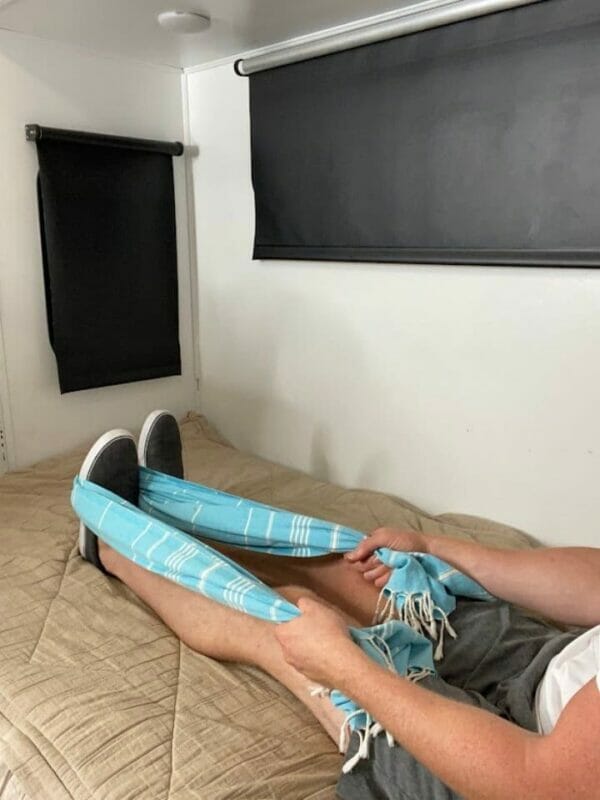
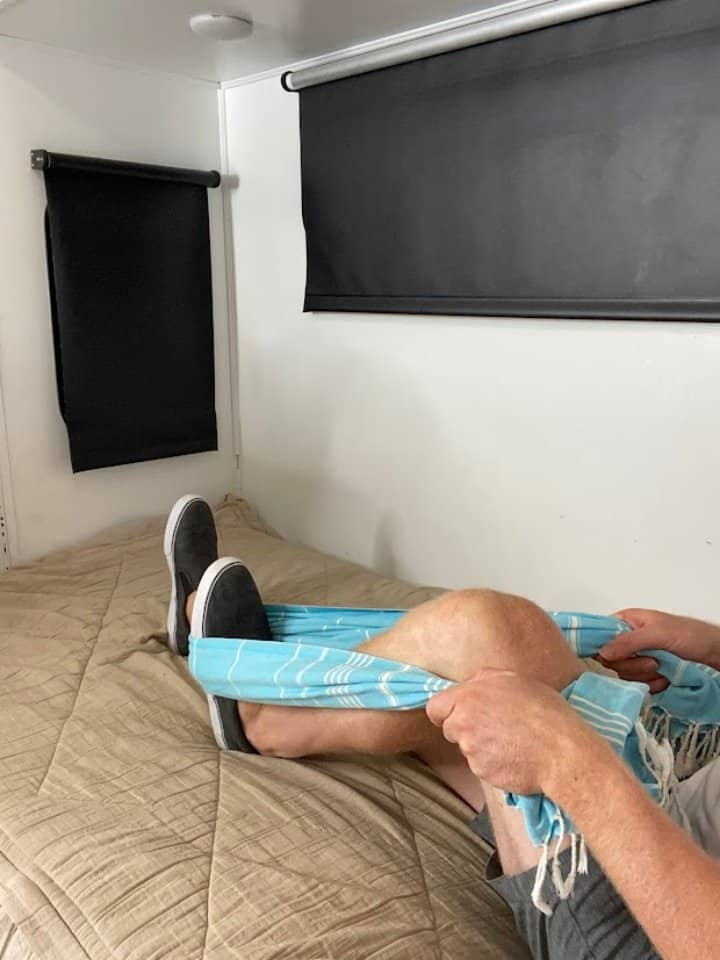
- Starting position: Sitting or laying down with the injured leg in front of you (can be on the floor, couch, or bed).
- Wrap a non-elastic strap around the foot.
- Pull on the strap with the arms to slide the heel towards the bottom while simultaneously bending the knee.
- Hold for 5 seconds, then return to your starting position.
- Repeat 10 repetitions for 3 sets.
4. Full Leg lifts
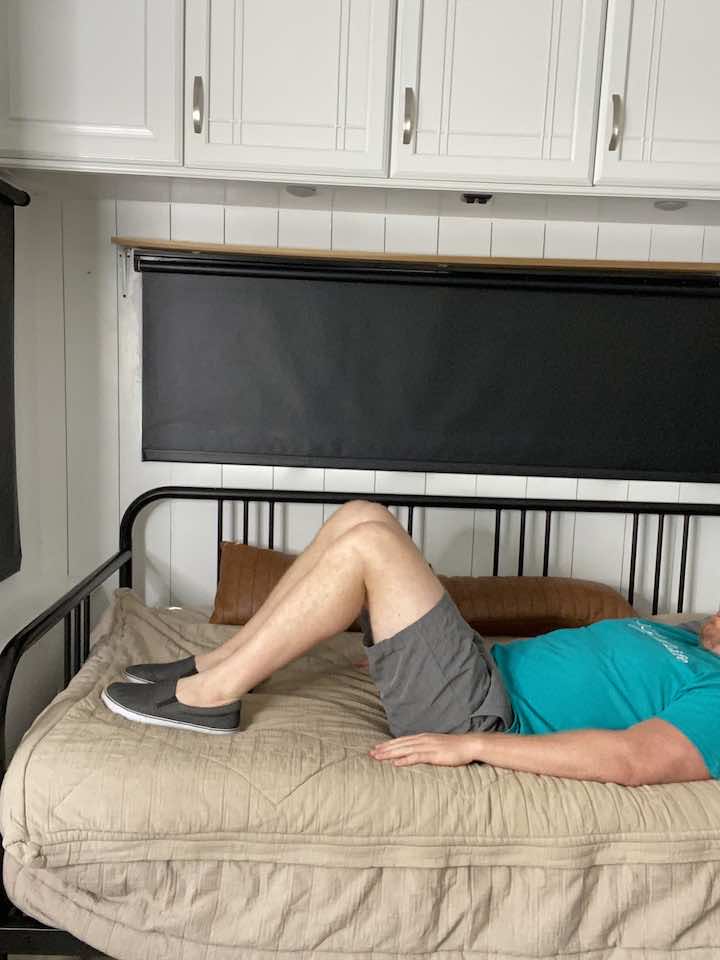
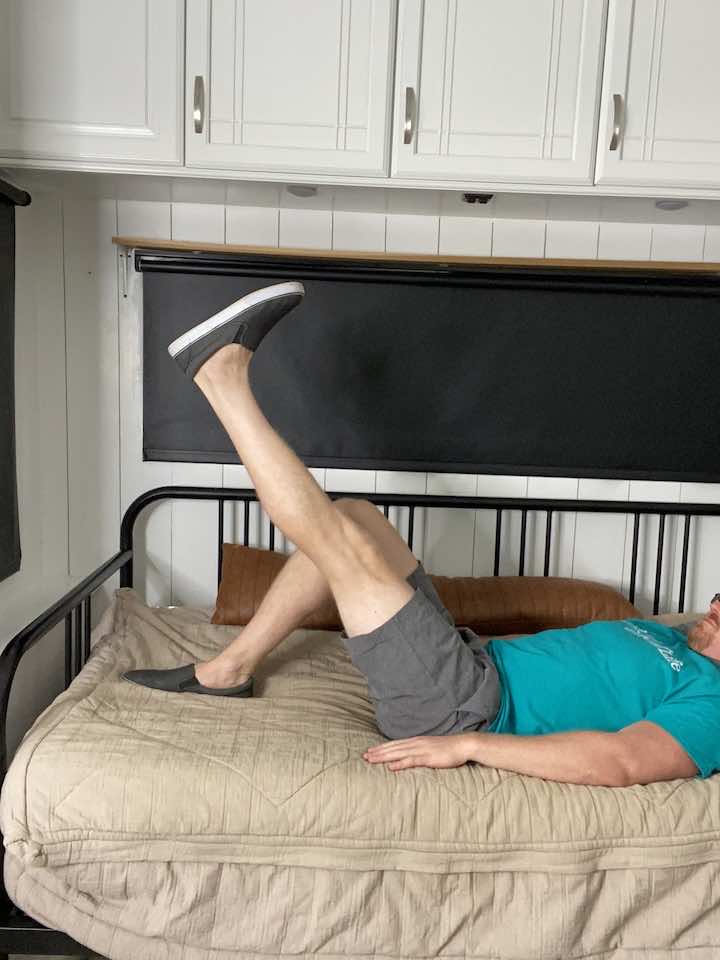
- Lie on your back with one leg bent and the other leg straight and together.
- Lift your straight leg up towards the ceiling, raising your buttocks off the floor.
- Slowly lower your leg back down, stopping just above the floor. Hold for 5 seconds briefly.
- Repeat the movement for 10 repetitions and 3 sets.
5. Standing Hip Extension (only lifting the injured leg)
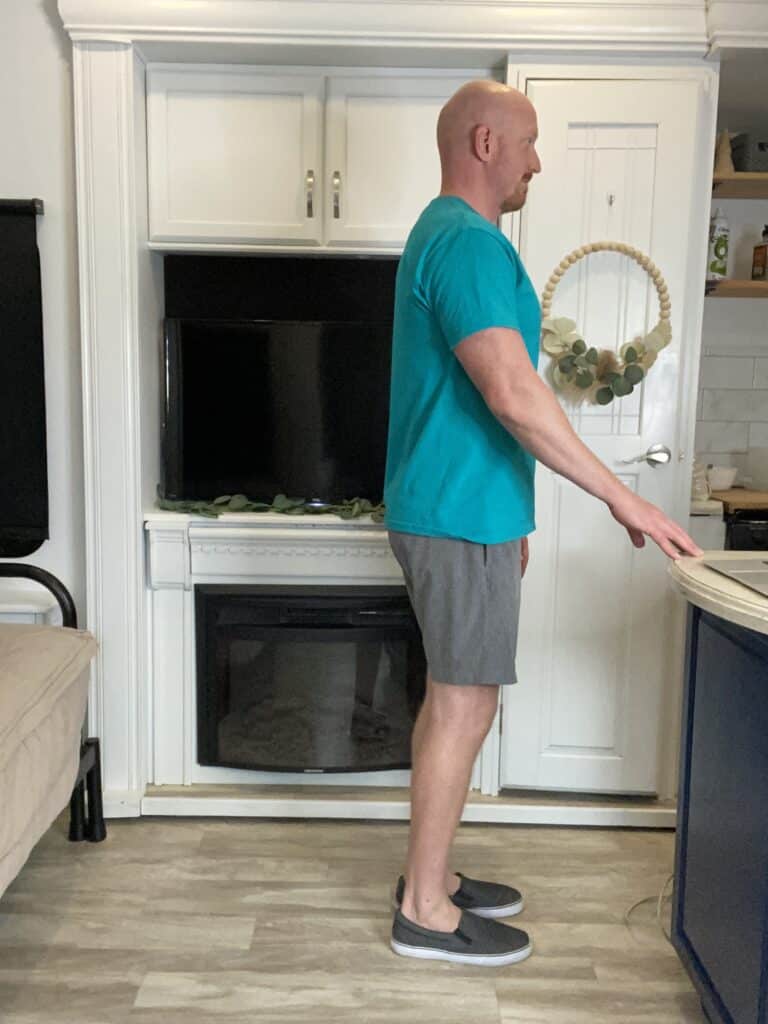
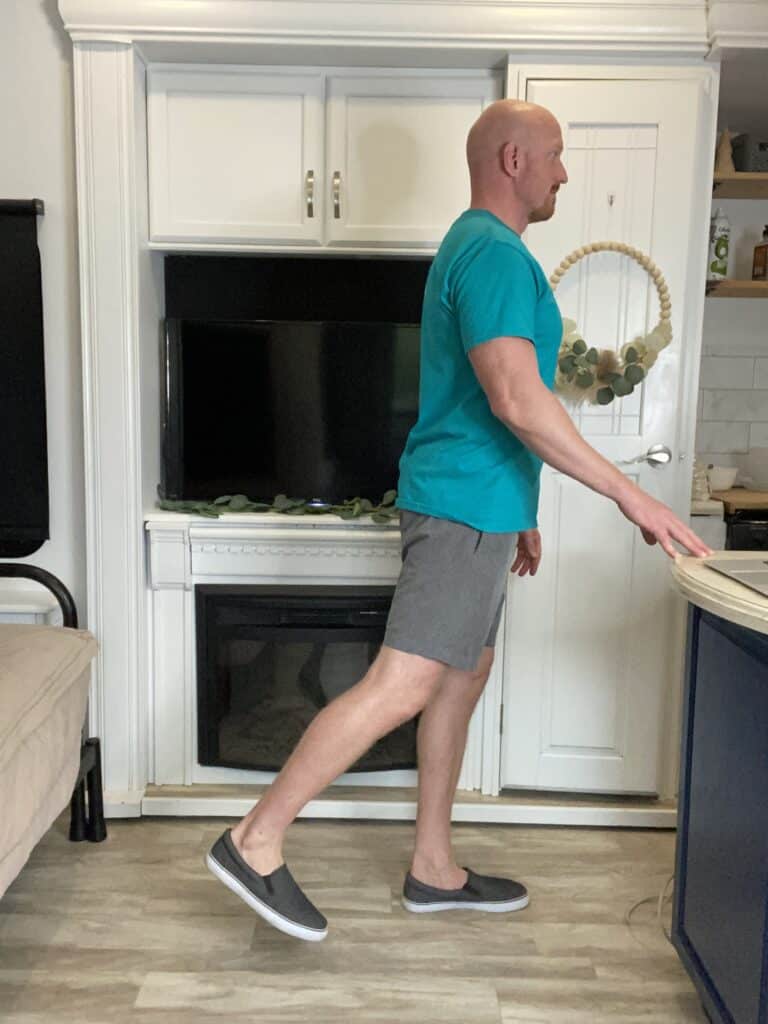
- Stand tall with your hands placed on a steady surface, such as a counter, sink, or chair (without wheels), to hold onto for balance.
- Shift your weight onto your left leg, keeping a slight bend in your left knee to avoid locking it out.
- Keeping your toes pointed forward and your right leg straight, lift your right leg back a few inches.
- Lower your leg back down to the starting position.
- Repeat this movement for 10 repetitions only on the injured leg.
- Do a total of 3 sets of this exercise.
6. Standing Hip Lifts (only lifting the injured leg)


- Stand tall with one hand placed on a bed or chair for support.
- Balance on your left leg, keeping a slight bend in your knee to avoid locking it out.
- Lead with your heel and lift your right leg out to the side, keeping your foot flexed.
- Be sure not to lean to the left while lifting your leg.
- Lower your leg back down to the starting position.
- Repeat this movement for 10 repetitions only on the injured leg.
- Do a total of 3 sets of this exercise.
- If pain increases, wait for two weeks and try again.
These exercises aim to restore your knee’s range of motion and gradually increase its strength, similar to how exercises for chronic ankle instability help regain balance and strength.
Conclusion
Recovering from an LCL injury is a process that requires time, patience, and consistent effort. It’s like working on improving ankle mobility or overcoming the pain of a calf strain. You can’t rush the process, but you can definitely facilitate it.
Remember, the road to recovery isn’t a race. Just like dealing with conditions such as Plantar Fasciitis or Inside Ankle Pain, it’s essential to pace yourself, listen to your body, and give it the time it needs to heal. Before you know it, you’ll be back to doing the things you love without knee pain tagging along. Here’s to a safe and speedy recovery!


